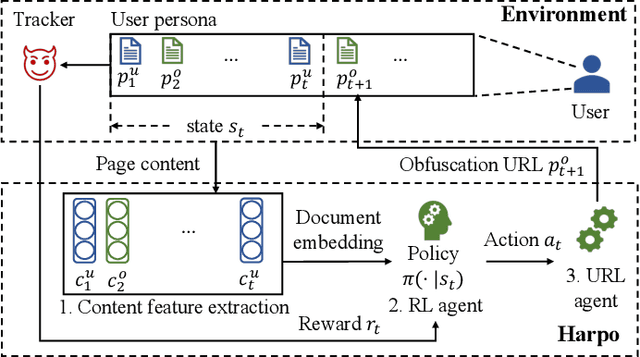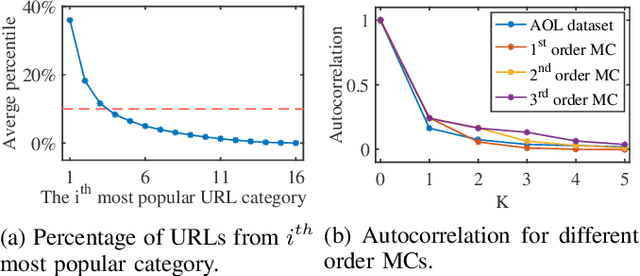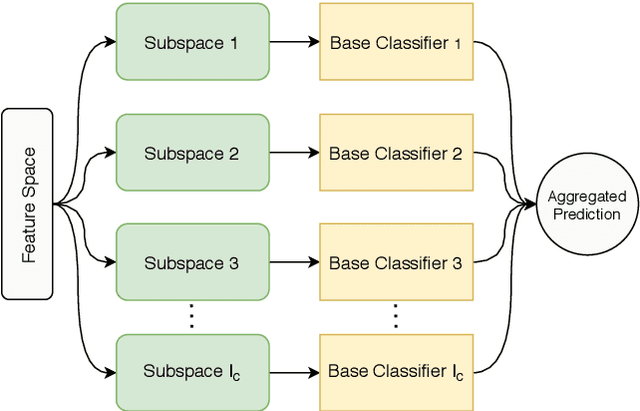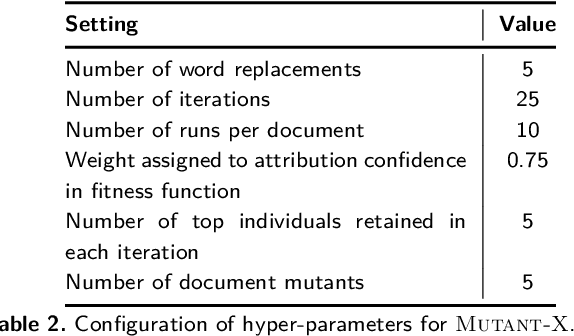Muhammad Haroon
HARPO: Learning to Subvert Online Behavioral Advertising
Nov 24, 2021



Abstract:Online behavioral advertising, and the associated tracking paraphernalia, poses a real privacy threat. Unfortunately, existing privacy-enhancing tools are not always effective against online advertising and tracking. We propose Harpo, a principled learning-based approach to subvert online behavioral advertising through obfuscation. Harpo uses reinforcement learning to adaptively interleave real page visits with fake pages to distort a tracker's view of a user's browsing profile. We evaluate Harpo against real-world user profiling and ad targeting models used for online behavioral advertising. The results show that Harpo improves privacy by triggering more than 40% incorrect interest segments and 6x higher bid values. Harpo outperforms existing obfuscation tools by as much as 16x for the same overhead. Harpo is also able to achieve better stealthiness to adversarial detection than existing obfuscation tools. Harpo meaningfully advances the state-of-the-art in leveraging obfuscation to subvert online behavioral advertising
Avengers Ensemble! Improving Transferability of Authorship Obfuscation
Sep 15, 2021



Abstract:Stylometric approaches have been shown to be quite effective for real-world authorship attribution. To mitigate the privacy threat posed by authorship attribution, researchers have proposed automated authorship obfuscation approaches that aim to conceal the stylometric artefacts that give away the identity of an anonymous document's author. Recent work has focused on authorship obfuscation approaches that rely on black-box access to an attribution classifier to evade attribution while preserving semantics. However, to be useful under a realistic threat model, it is important that these obfuscation approaches work well even when the adversary's attribution classifier is different from the one used internally by the obfuscator. Unfortunately, existing authorship obfuscation approaches do not transfer well to unseen attribution classifiers. In this paper, we propose an ensemble-based approach for transferable authorship obfuscation. Our experiments show that if an obfuscator can evade an ensemble attribution classifier, which is based on multiple base attribution classifiers, it is more likely to transfer to different attribution classifiers. Our analysis shows that ensemble-based authorship obfuscation achieves better transferability because it combines the knowledge from each of the base attribution classifiers by essentially averaging their decision boundaries.
 Add to Chrome
Add to Chrome Add to Firefox
Add to Firefox Add to Edge
Add to Edge